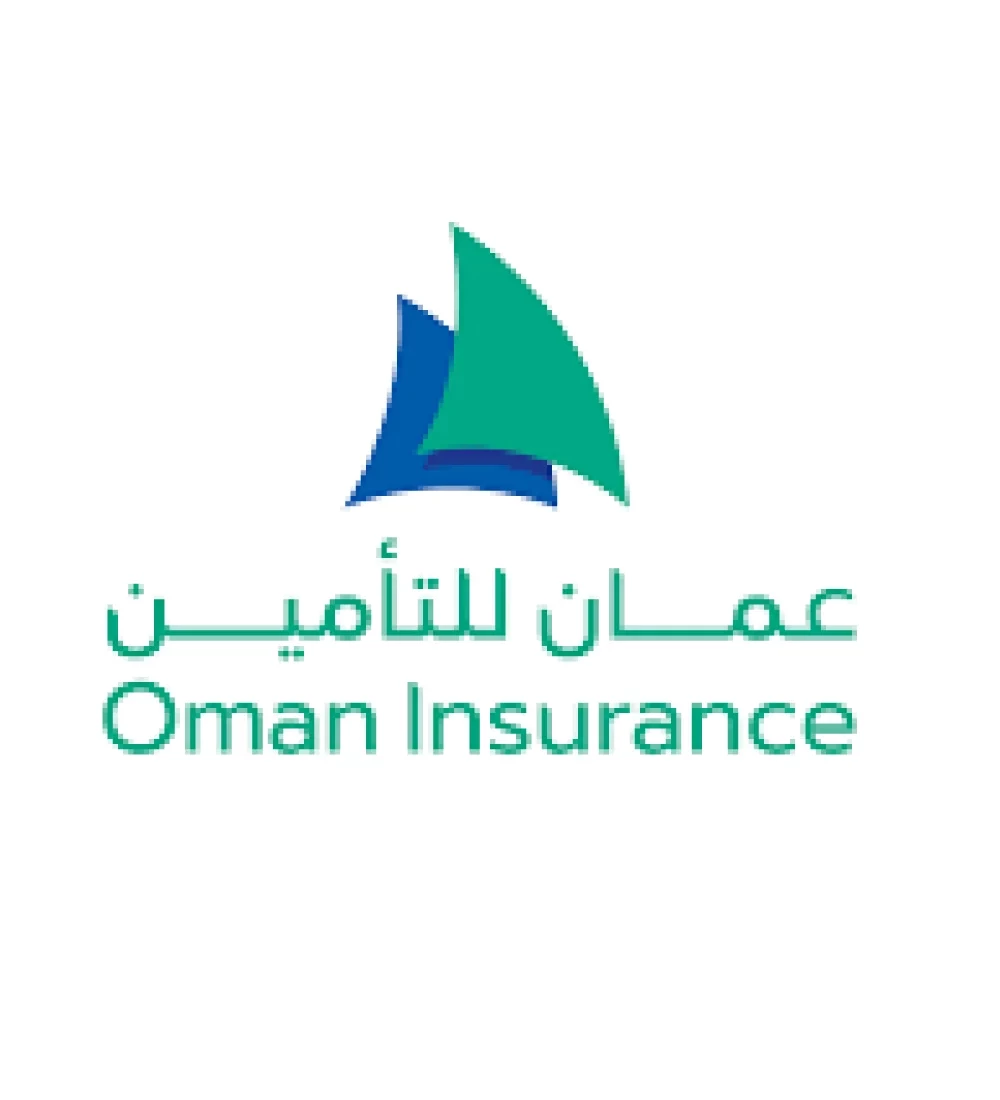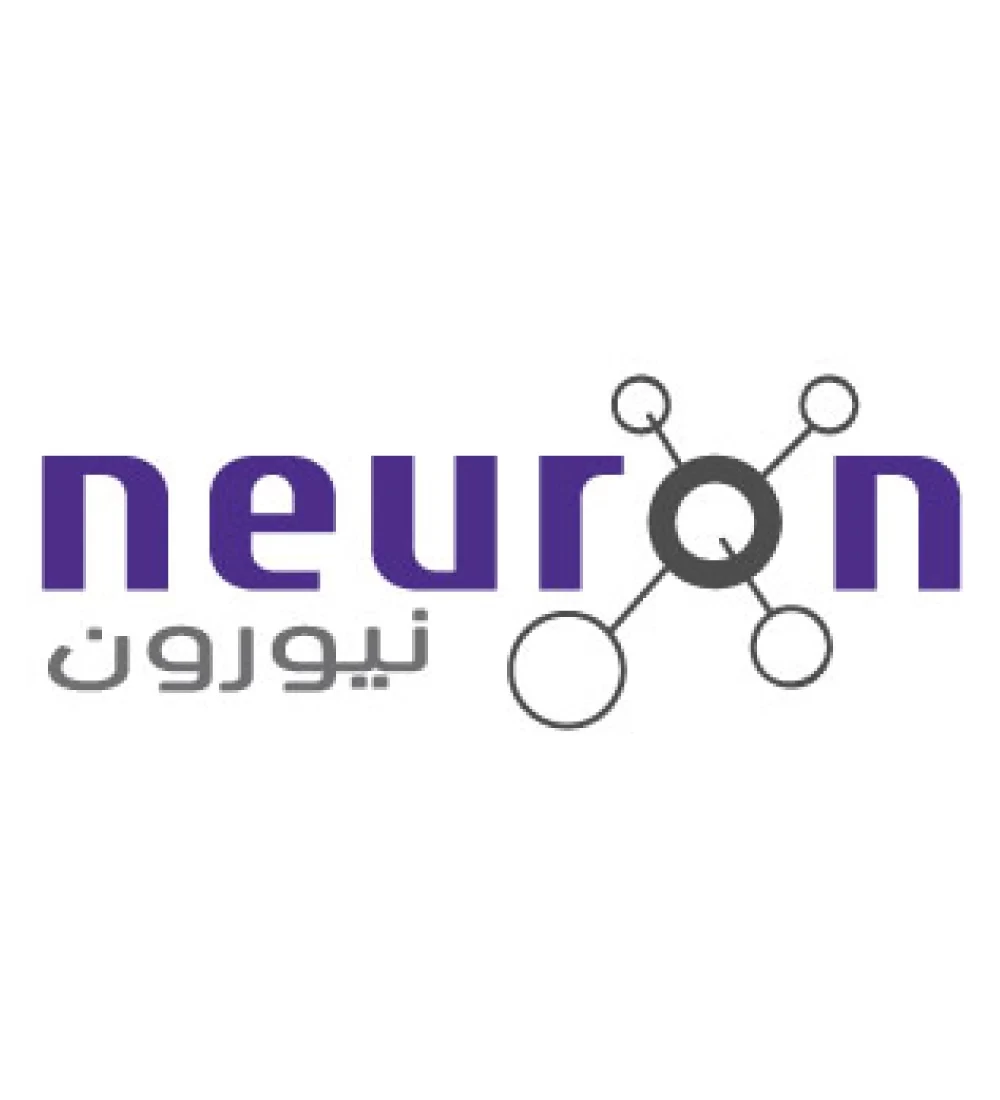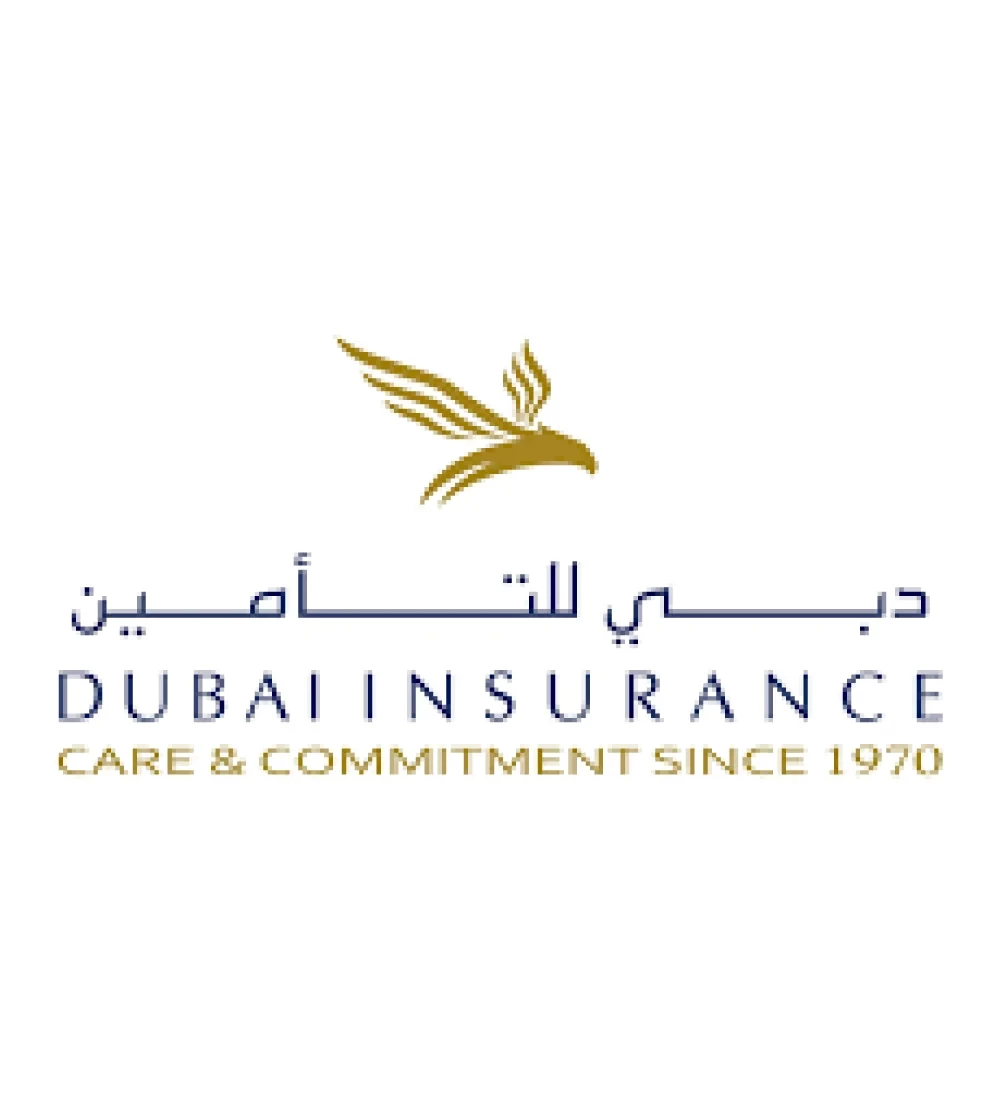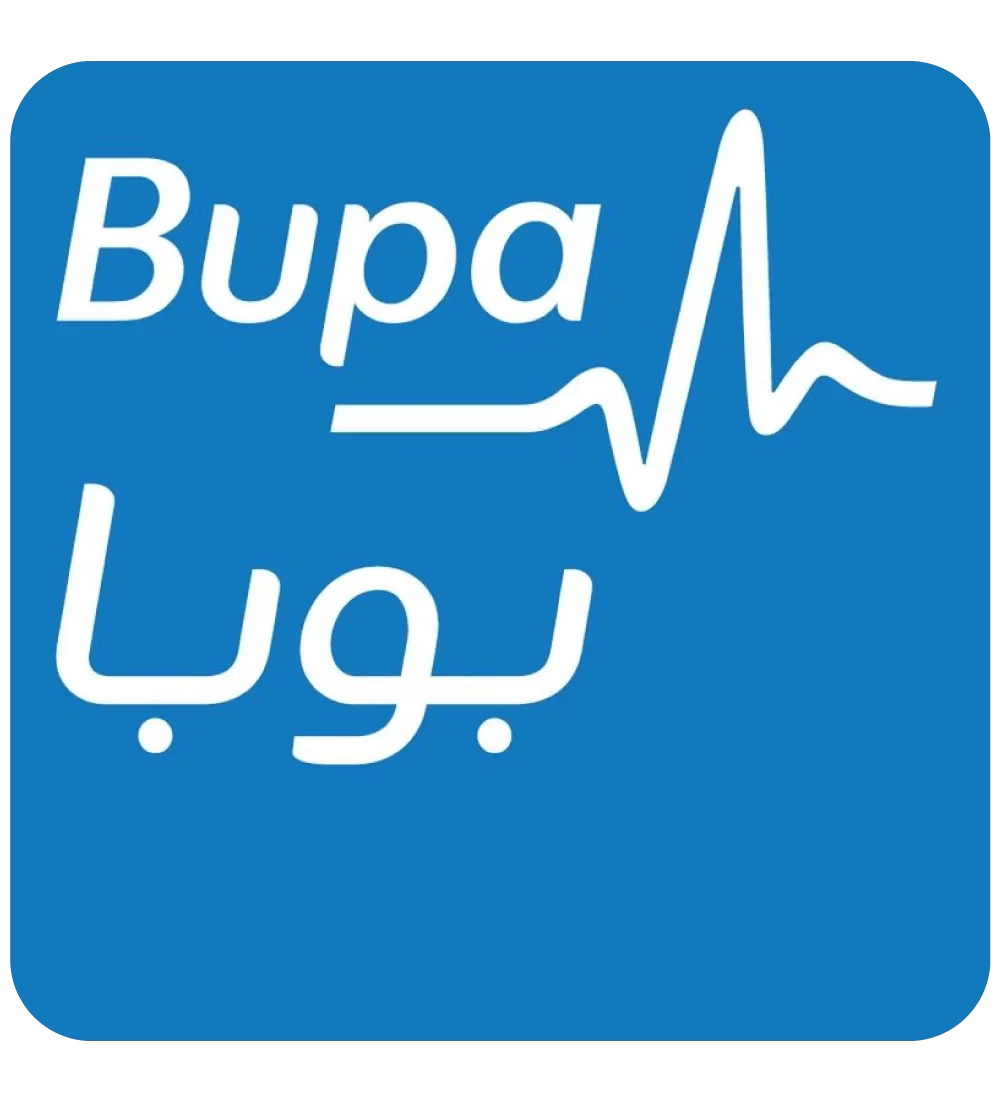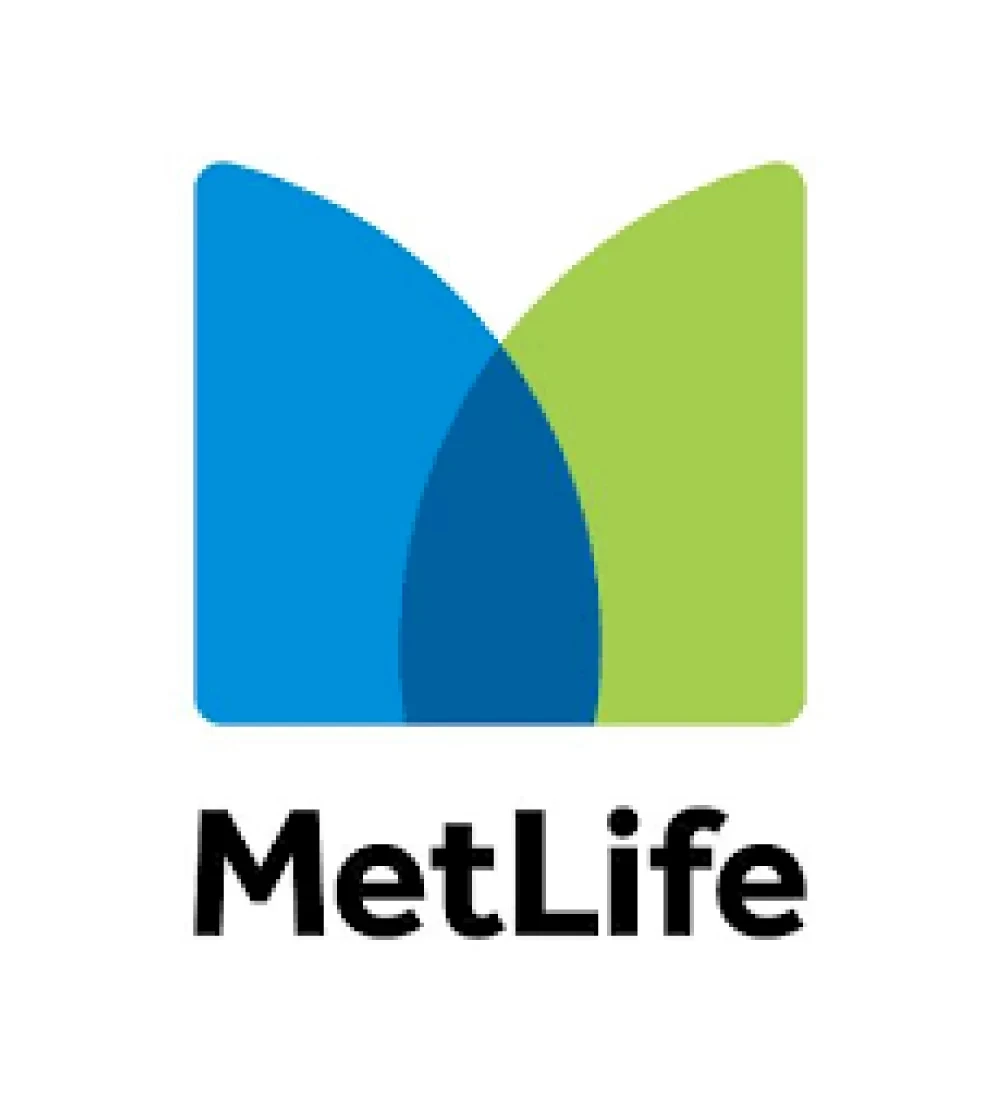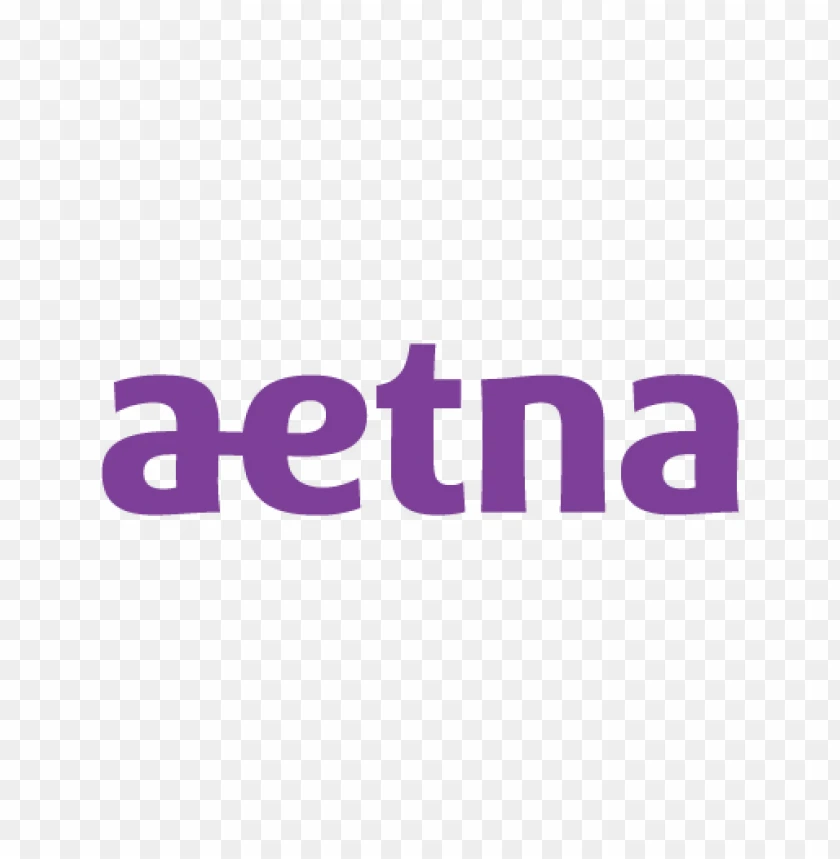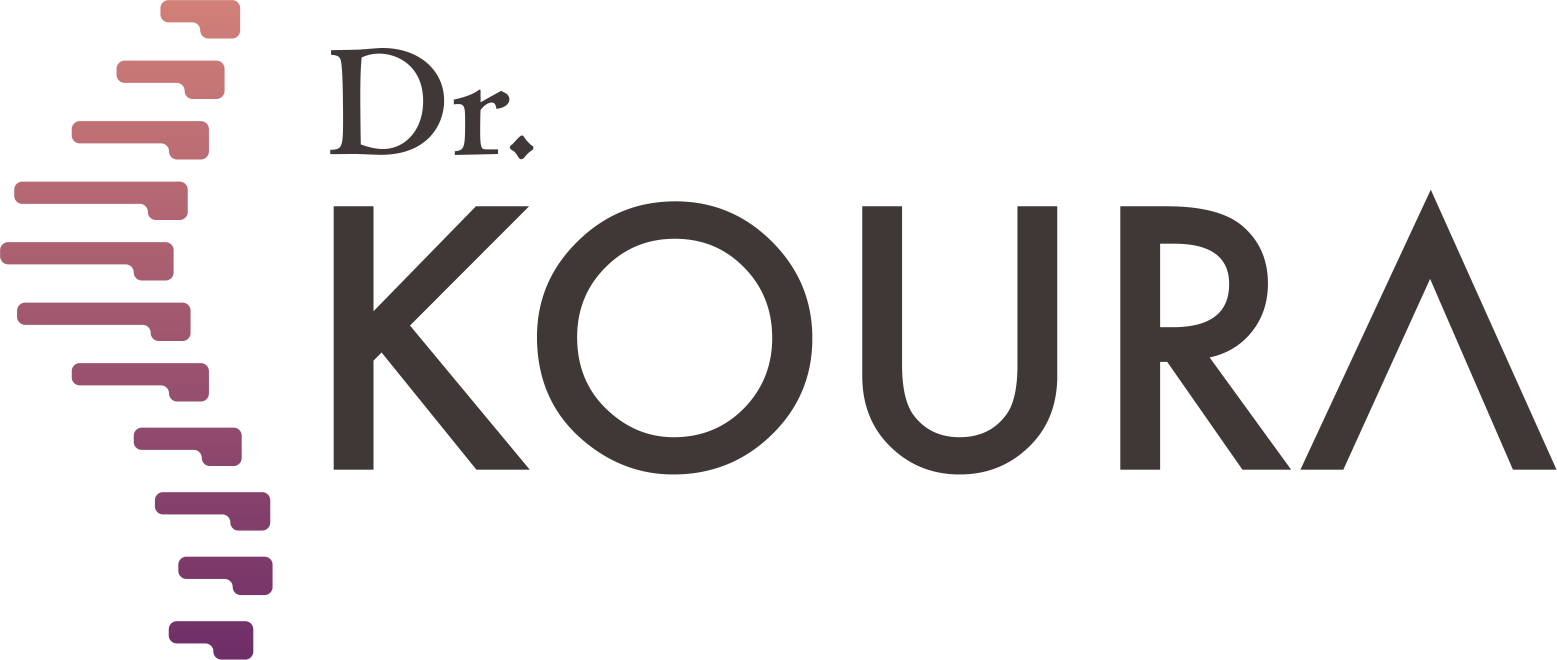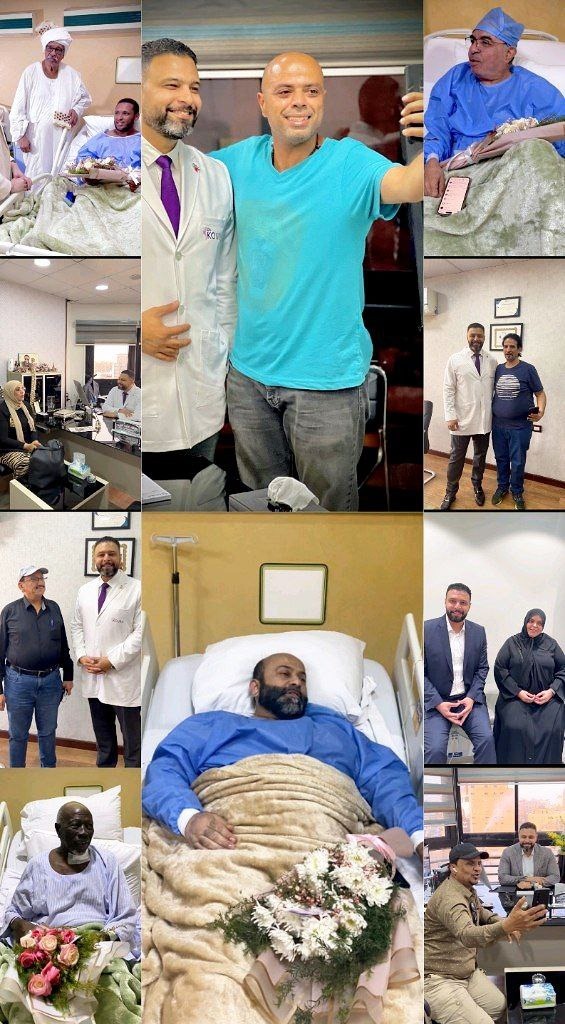
To see patients' reviews
Click hereDisc Protrusion: Percutaneous Endoscopic Disc Nucleoplasty
-webp.webp)
Symptoms
Many patients with back pain show no clear indication of a herniated disc. Using spine MRI, protrusion of the intervertebral discs can be diagnosed. This protrusion can put pressure on nerves or the spinal cord and can cause persistent chronic back pain. Normally this kind of back pain responds well to conservative treatment options. If after six weeks, conservative treatment has not been successful, your spine doctor should consider an intradiscal procedure: The disc protrusion can be reduced by treating the liquid core of the disc simply by using a fine needle. This needle allows a radiofrequency instrument to enter the core of the disc, thereby avoiding all the surgical risks associated with open back surgery. This is essentially the principle of Nucleoplasty. Nucleoplasty, as a minimally invasive treatment, covers only smaller disc herniations or disc bulges that have not yet broken through the solid fibre ring of the disc and are therefore not accessible via an open surgical procedure (surgical removal of the disc material). Percutanoeus Laser Nucleoplasty is safe for patients and is a minimally invasive procedure, which produces very good results, without the risks and postsurgical complications associated with open back surgery.
What is the principle of Percutaneous Laser Nucleoplasty?
Nucleoplasty is a minimally invasive procedure for reducing the internal pressure of the spinal disc. Nucleoplasty by thermal coblation is indicated if there is a significant protrusion with a bulging fibre ring, however, there should not be any evidence of disc herniation which has broken through the disc wall. The principle is based on a minimal shrinkage of the gelatinous disc nucleus. With the resulting shrinkage, the bulging disc retracts, the intradiscal presuure decreases and the compressed nerve is released and the leg pain and back pain subside.
Which patients are suitable for Nucleoplasty?
Dr. Koura is one of the best spine specialists in th Egypt , North Africa and the Middle East and the reason is the deep clinical and technical experience in dealing with patients suffering from back pain. The fact that Dr Koura could offer more than 10 different procedures to treat back pain, including percutaneous laser nucleoplasty, is associated with the fact that the treatment plan is customized to each patient according to his own case. Proper patient selection increases the probability of a good outcome. Patients require a thorough clinical checkup. The stability of the spine should be assessed with dynamic X-ray images. The discs can be investigated in detail via MRI imaging.
Details of the procedure:
Following partial anaesthesia, Dr Koura inserts a thin needle through the back and into the herniated disc . A small radiofrequency probe is inserted through the needle and into the disc. This device sends pulses of laser to dissolve small portions of the disc nucleus. The empty space created by this procedure, allows the disc to reabsorb the herniated part of the disc, which in turn leads to pressure relief. After the needle is removed, the area is covered with a small bandage, no suturing is required. All this is done with the guidance of fluoroscope and under the effect of sedation and local anesthesia .
Results of Nucleoplasty:
The chances of success with this method are very good with over 80 % patient satisfaction rates. The precondition for this success rate, however, is a thorough medical investigation and patient selection. The Neurosurgical consultant needs to rule out all other possible causes of back pain.
Rehabilitation:
Patients may need one day of bed rest and may resume all normal activity within one to six weeks. Nucleoplasty treatment is, however, only the first step of the long-term solution. Recovery, including pain relief, will be gradual and can take 8-12 weeks to complete. An extensive rehabilitation program will be necessary to ensure the success of the nucleoplasty. Physical activity should be monitored and only gradually increased. "Back friendly" behaviour such as paying attention to posture, is always advised. It is especially important to strengthen the muscles supporting the vertebral spine and adopt a "back friendly" lifestyle
For more informations about cervical disc prolapses visit the link
For more informations about disc prolapses visit the link
https://drkoura.com/en/blogs/lower-back-pain/12-interventions-for-the-treatment-of-disc-prolapse
Why Choose Dr. Mohamed Koura ?
Simply because he is the best doctor. He stays updated on the latest treatment technologies through his participation in various international conferences with leading foreign doctors and experts. Finally, and most importantly, Dr. Mohamed Koura is the best doctor in Egypt and the Arab world, possessing 12 non-surgical techniques for treating spinal and joint problems. He was the first to introduce modern interventional treatment techniques in Egypt and the Middle East and is the only one using the disc fx technique to treat spinal pain.
Watch Dr. Koura through videos
By following Dr. Koura on social media, you can watch videos to learn more about pain management techniques



Certainly not, some cases must be treated surgically, and the most appropriate technique for the patient is determined through a medical examination and the presence of imaging studies.
No, it is necessary to make a reservation through a phone call or social media messages.
There are no risks or side effects associated with non-surgical pain interventions.
The patient needs only 3 to 4 days before they can travel comfortably, and the hospital stay does not exceed 6 to 8 hours.
A condition cannot be accurately assessed and a proper medical diagnosis made without a medical examination and recent imaging studies.
Yes, there are several payment methods available through Visa or electronic wallets by making a reservation on our website.
Certainly, obesity is one of the causes of knee osteoarthritis.
Radiofrequency activates the nerve and does not cause any damage to it.
Non-surgical interventions are a definitive treatment for some cases and pain relievers for other cases, which is determined by the doctor through a medical examination.
If the herniated disc is fully treated, there is a possibility of it reoccurring in some cases, such as not following the doctor's prescribed instructions after the intervention, experiencing an accident, or making a sudden wrong movement like lifting heavy objects.
The entire disc is not removed due to the presence of several risks and it may exacerbate the condition. Only the protruding part that causes pain is removed.
This cannot be done with radiofrequency, but it is performed through other techniques that Dr. Koura conducts.
The success or failure of non-surgical interventions cannot be judged through radiographic imaging because these procedures involve making subtle changes to critical parts to address the issue. Consequently, they do not produce significant changes to avoid potential complications in the future or damage to the spine and joints, which is our primary goal.
Spinal stenosis does not typically cause sciatica. In most cases, disc herniation is what may lead to sciatica. This does not necessarily mean that a patient with sciatica will also have spinal stenosis.
Sciatica may return if the patient does not adhere to the medical instructions provided by the doctor or in the event of an unexpected accident.
A life without pain without surgery
Once you book with Dr. Koura
Get rid of pain with just one call.. Book your appointment now with pain Management consultant Dr. Koura.
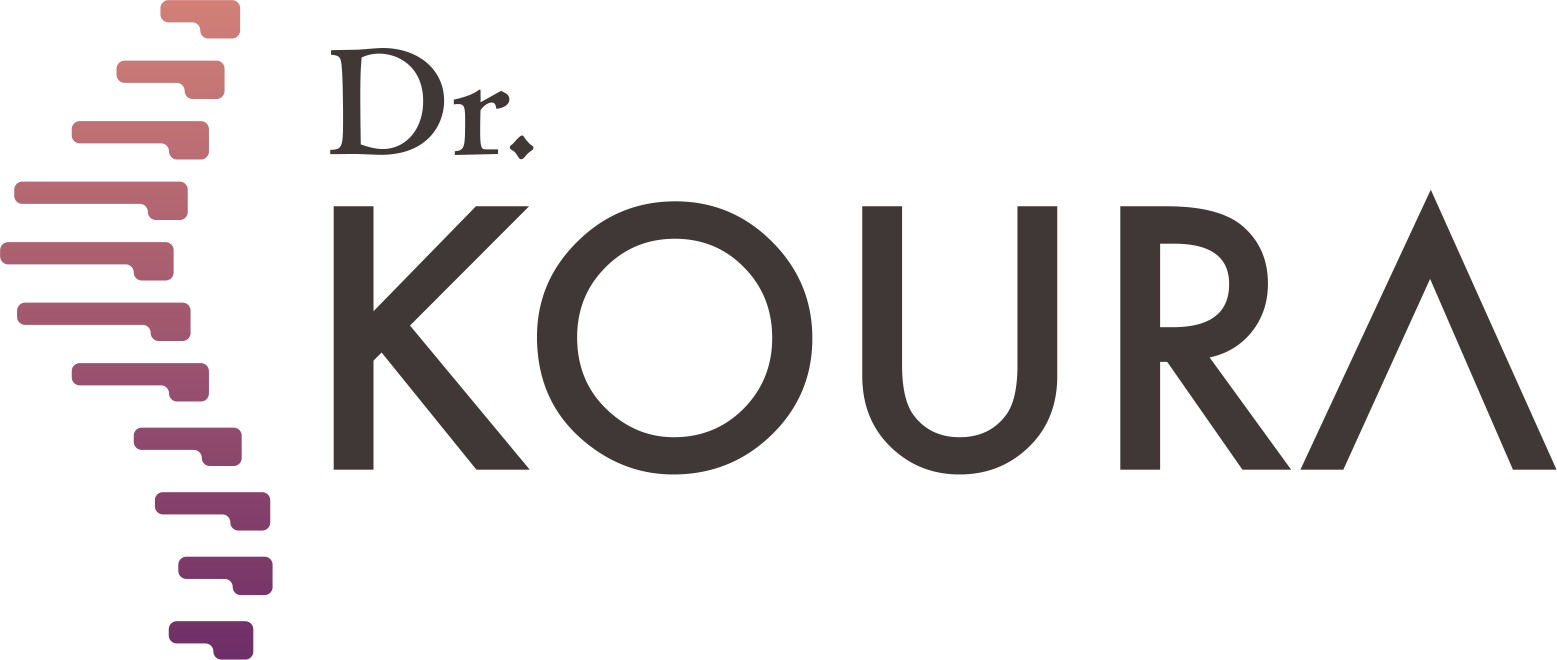





-webp.webp)

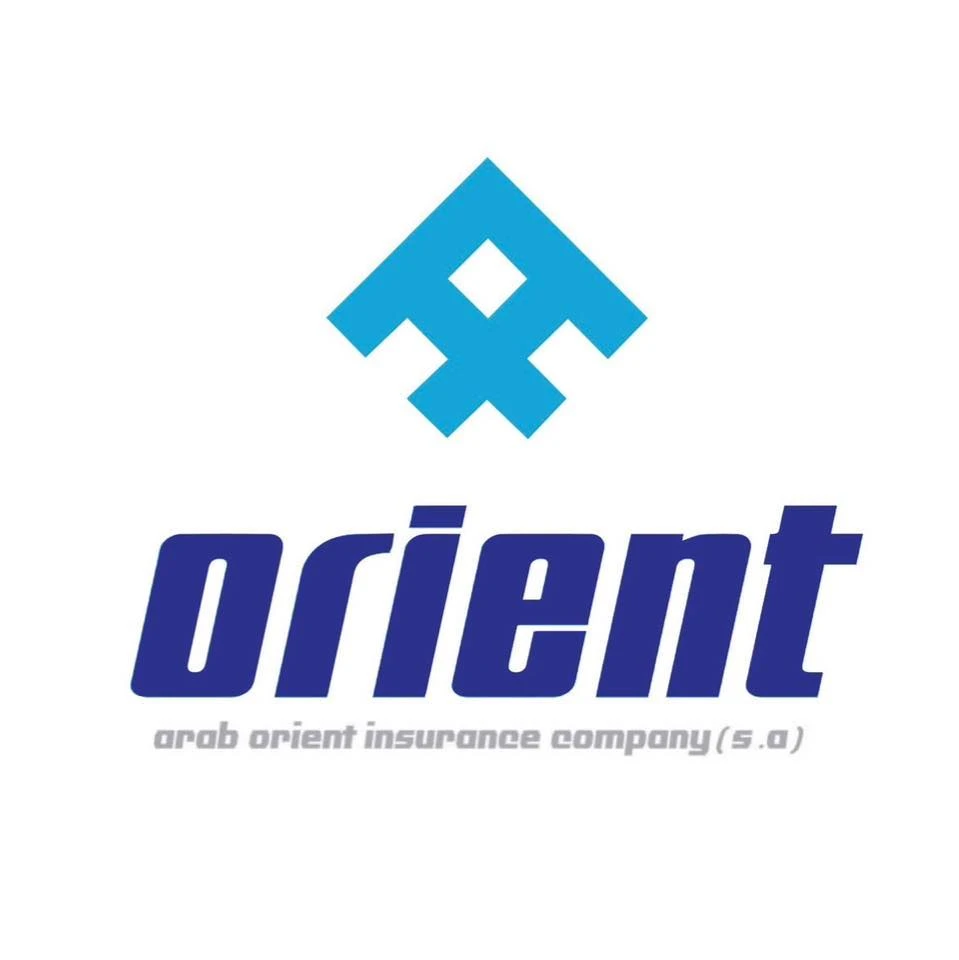


-webp.webp)


